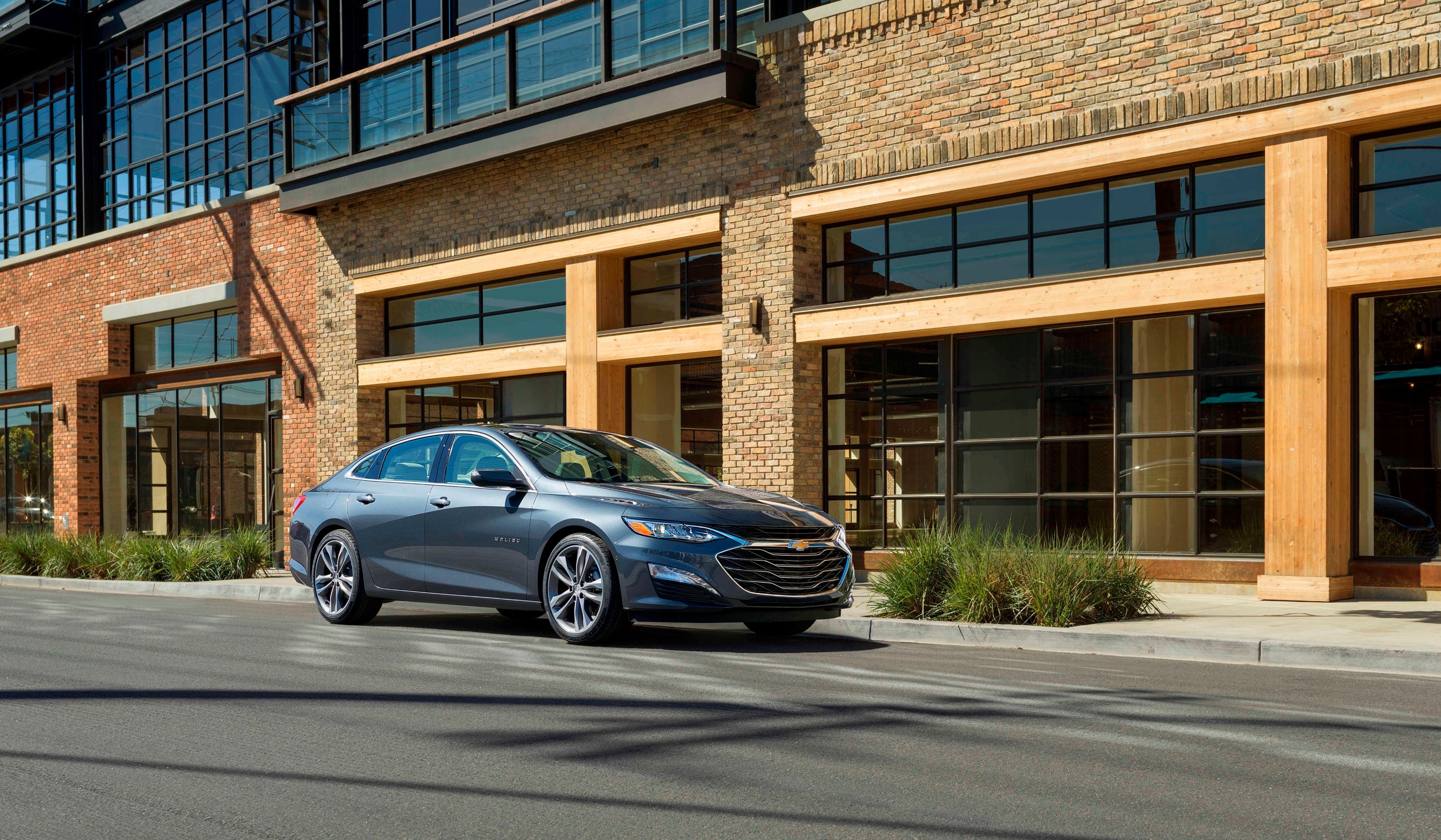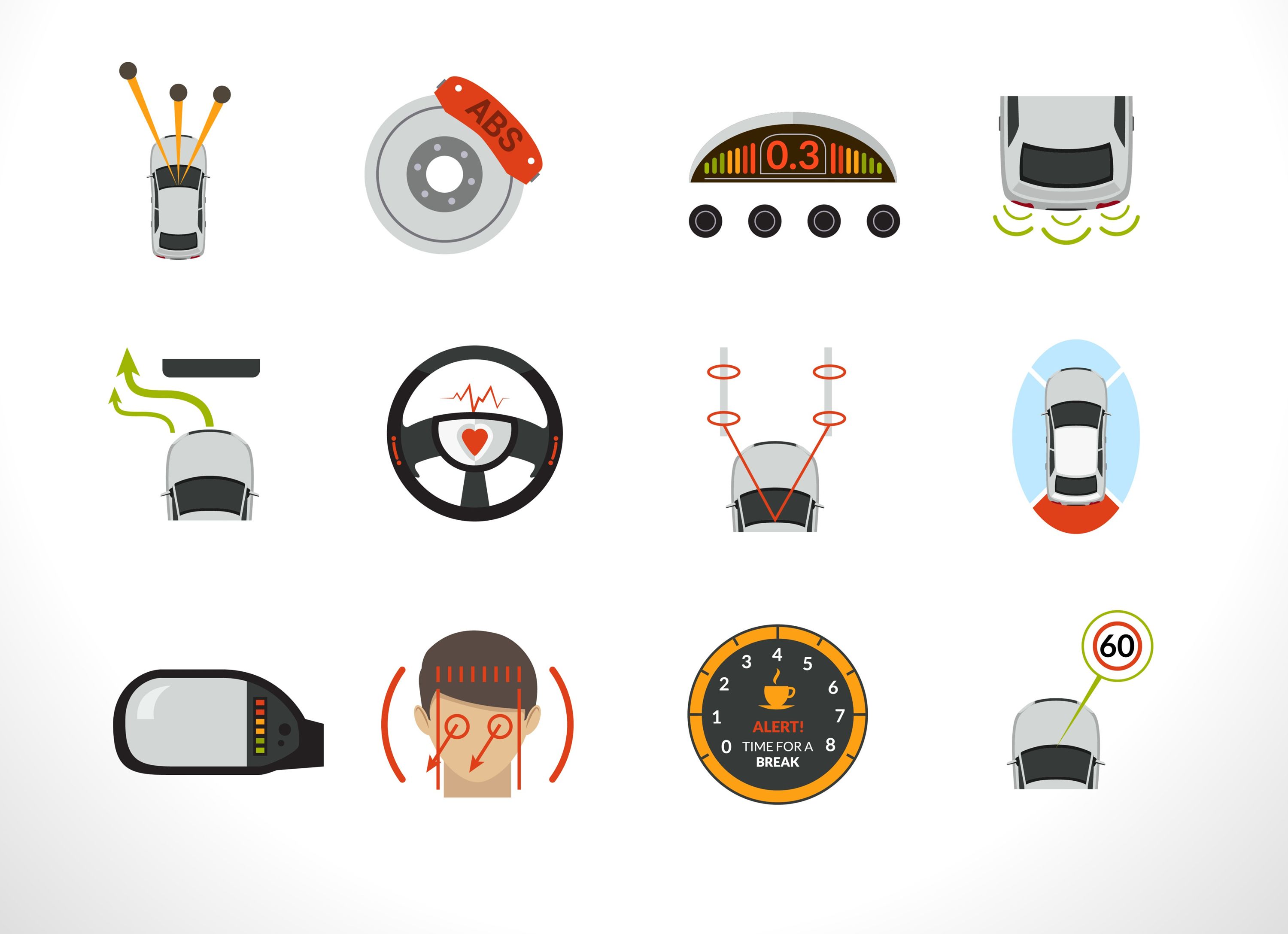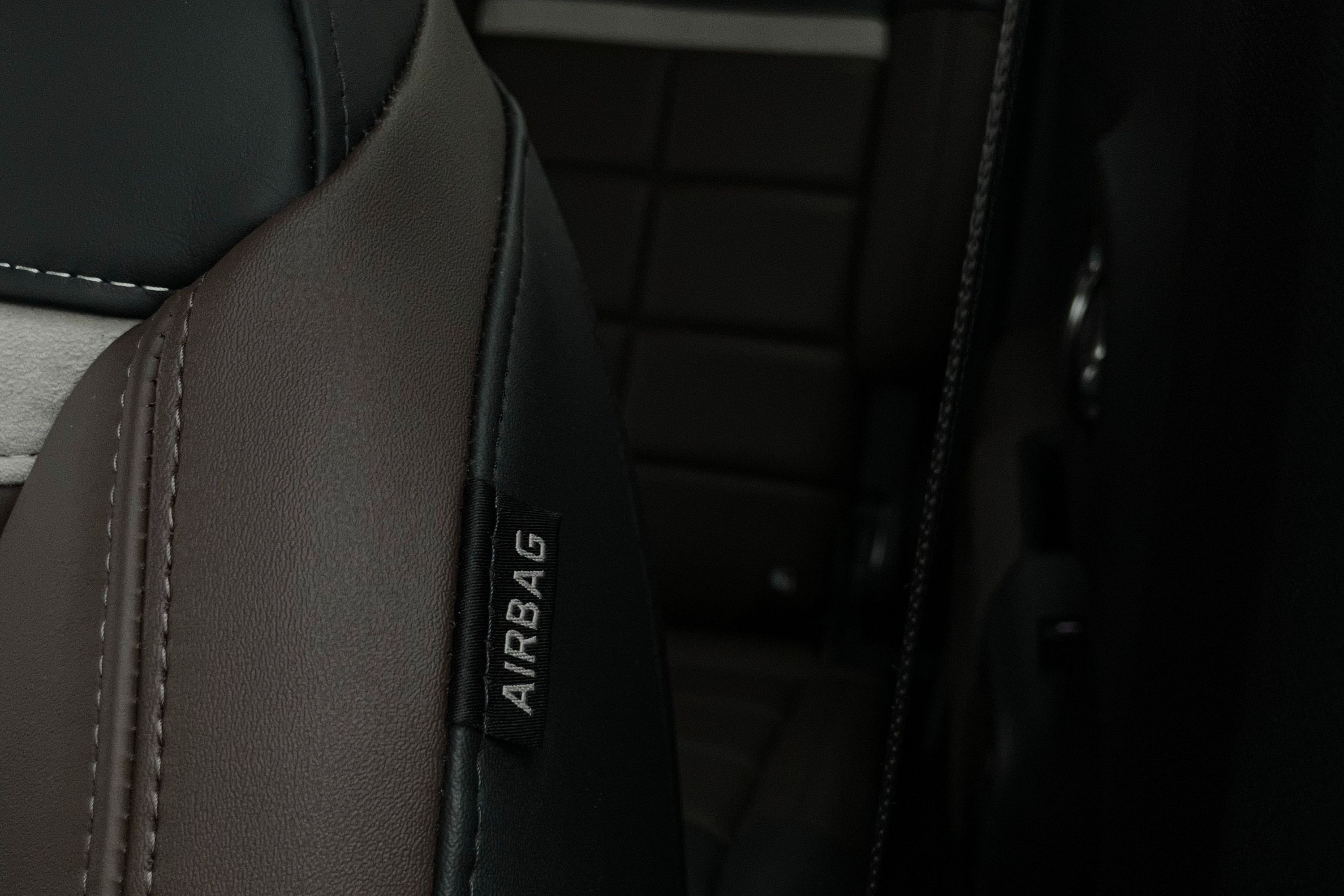
Every time you get behind the wheel of your car, you are taking a risk. Piloting a ton or more of metal is a dangerous task, after all, not to mention all the other people doing the same around you. Luckily, automakers do their best to minimize this risk by endowing their creations with a variety of car safety devices and systems. These are divided into two separate categories, active and passive safety features. A common query is what is the actual difference, or which is most important in the active vs passive safety features debate. Both types are designed to ensure your survival, but knowing how they do their jobs is important information that can impact your decision when buying a vehicle.
Active vs Passive Safety Features
Before getting into the nitty-gritty of what vehicle safety devices fall into each category, it is best to explain how active and safety features in a car work.
Passive safety systems are those that engage in the event of accidents or collisions. Until such time as your car collides with something, you will likely never know they are there. However, they do a great deal to mitigate damage, both to the vehicle and to its occupants.
Active vehicle safety devices are a bit different. While they can work to minimize damage, their primary concern is to avoid it altogether. These safety features in vehicles monitor the situation around the car and warn the driver of impending danger; these are designed to prevent accidents as far as possible. In some cases, they can engage automatically, but some require the driver to take an action.
Common Passive Safety Features
With all the advanced technologies we have available to us today, it is a bit surprising how few passive safety devices our cars have. On the plus side, each passive safety feature listed comes standard on all modern vehicles, whether they be affordable Nissan cars or something as opulent as a Rolls-Royce. These include:
- Seatbelts: First introduced in the late 1800s, modern examples of these devices are significantly improved from what started as just a lap band. Volvo first introduced the three-point seatbelt in 1959, and Mercedes-Benz added pre-tensioner technology in 1981. Now, seatbelts better fit the human body and they tighten almost immediately when a sudden movement of the occupant occurs. Seatbelts are the most visible passive safety device. They work to keep drivers and passengers safe within their seats and not catapulting out of windows or around the cabin, causing severe injury or death.
- Airbags: Hidden until they are needed, airbags are another vital piece of equipment. Considering how many lives they save, you'd think they've been around forever, but the first airbag was invented in 1953 and they were only included in commercial vehicles from 1972 onwards. These inflatable cushions are activated when the vehicle's crash sensors are tripped. An ignitor in the device creates heat to decompose sodium azide, which creates a large amount of nitrogen gas that inflates the bag almost instantaneously. This cushions the head and upper body from hitting the hard steering wheel or dashboard. Today, airbag installations can include anywhere from four to ten units, as is found in the Chevrolet Malibu, which includes front occupant knee airbags and side airbags for all outboard seats.
- Deformation/crumple zones: Not so much a feature as a simple trick of engineering, the deformation zones on a car are no less essential than the aforementioned technologies. Metal is naturally quite hard, and when it absorbs an impact, the force can ripple through it rather violently. In order to minimize this, these crumple zones are specially designed to buckle in a controlled way. This means that the force is dissipated before it reaches the cabin and can cause harm to the passengers.
- High strength glass: Most people don't realize that your vehicle's glass serves a purpose, too. Your windshield actually adds to the structural integrity - up to 45% of your car's structural integrity in head-on collisions comes from the windshield and as much as 60% in rollovers.
Examples of Active Safety Features
These are all the fancy gadgets that the salesperson at your local dealership will mention to you when showing you around the showroom floor. Usually, you will find that more expensive models, such as luxury car brands, have a long list of active safety features, but most modern cars come with at least a few of the basics.
- Back-up camera: Every new vehicle in the USA must come equipped with one of these. A camera placed at the rear of the car transmits an image to the infotainment screen or even the rearview mirror to help the driver when reversing. This can be extremely useful when trying to back up into a parking space. Many vehicles also include parking sensors, which will notify the driver when they are getting close to an obstacle with audio and visual cues.
- Blind-spot assist: Much like the aforementioned sensors, this system adds additional camera or radar systems to the side of the car. These are aimed specifically at areas that a driver would struggle to see, usually around the B and C pillars, where blind spots occur. The system then alerts the driver when a vehicle or object is within this area with a warning light on the exterior mirrors, and may even emit an audible warning should the driver take any action that may risk a collision.
- Cruise control: There are several different examples of this system. The most basic version simply locks the current speed of the vehicle and accelerates or brakes slightly in order to maintain it. It does not drive the car for you, though. A more advanced iteration is radar cruise control, or adaptive cruise control, which uses sensors to maintain the distance between your car and the one in front of you. It will slow the car down to avoid any potential collisions or speed up when it is safe to do so. For more information on how cruise control systems work here.
- Brake assist: Once again, there are several different forms of this technology. The most common is ABS (anti-lock braking), which causes the brakes to pulse rather than using a single, long braking interaction. This reduces the risk of 'locking', which can result in the vehicle sliding uncontrollably. More advanced examples of brake assist include automatic braking, which works in conjunction with sensors to initiate braking when an imminent collision is detected.
- Lane keep, lane departure, or lane change assists: These features all have the same goal, which is to ensure you remain safely in the correct lane. Lane keep or lane departure warning monitors the lane you are in by means of cameras and will give you a warning, sometimes by means of haptic feedback on the steering wheel, if the car drifts from the lane. The car may even try to correct your trajectory if it detects drift. In a similar way, lane change assist works by warning the driver if changing lanes is dangerous.
- Cross-traffic alert: When moving out of a parking space, especially in reverse, cross-traffic alert uses radar to detect approaching vehicles you may not be able to see. It is most commonly activated when selecting reverse gear, but front cross-traffic alert is not becoming more common too.
- Driver attention alert: Designed to prevent accidents caused by driver fatigue or inattentiveness, this system monitors steering input patterns and uses sensors that detect too many corrections that could indicate the driver is struggling to maintain proper lane position. It will then issue a warning to take a break.
- Vehicle exit assistant: This feature monitors the areas to the right and left of the car dors on both sides of the car and warns you if you cannot open the door safely.
There are a lot more active safety systems than passive ones, such as cameras that recognize traffic signs, or even some automated parking and driving assistants. Electronic stability control is also included in this list as it helps prevent you from losing control when braking sharply. Most of these systems fall under a safety suite, such as Toyota Safety Sense, which is included in all the latest Toyota models, such as the ever-popular Toyota RAV4. To learn more about these modern safety systems, click here.


